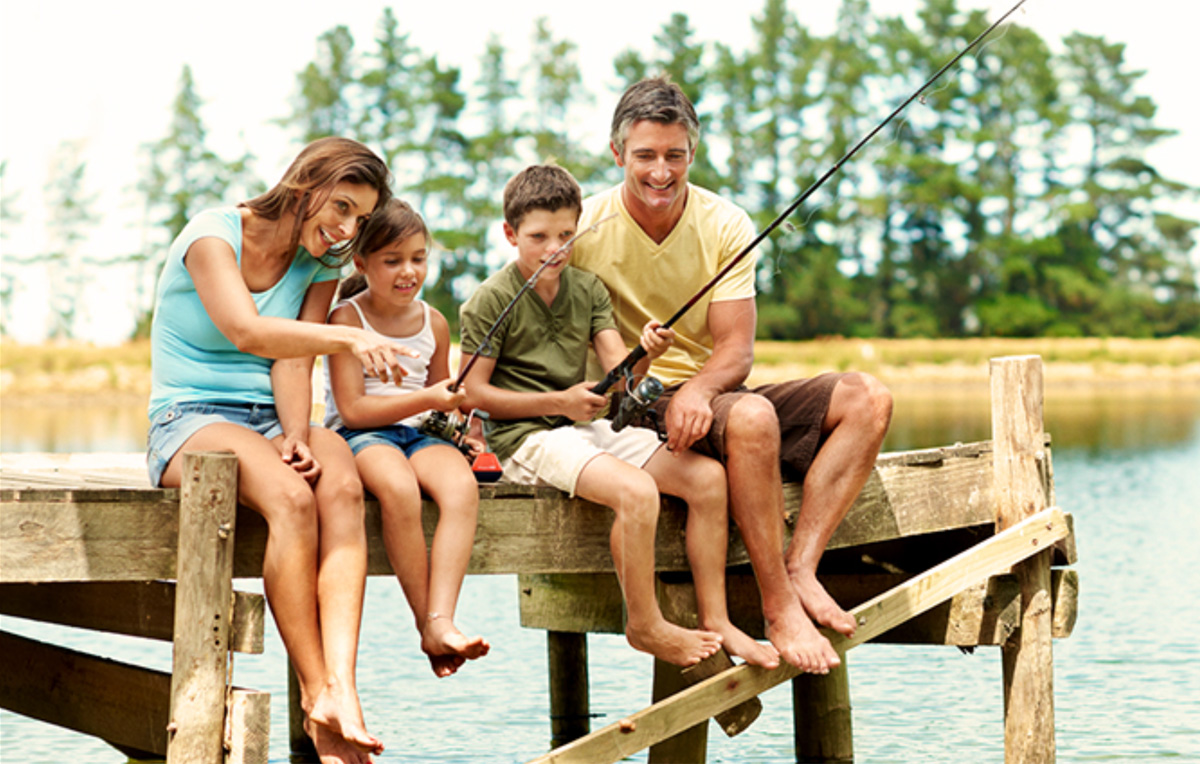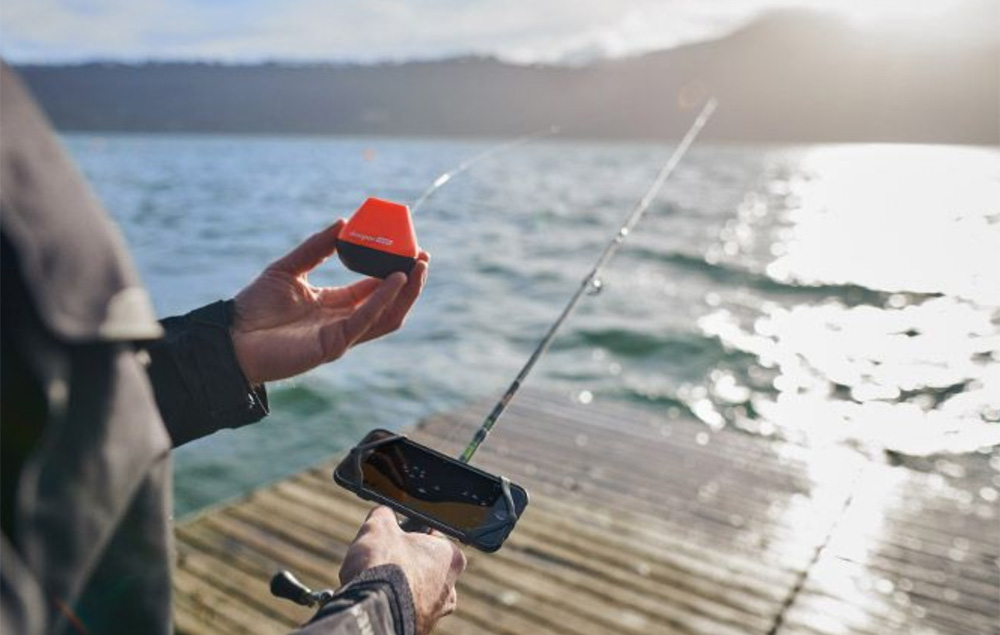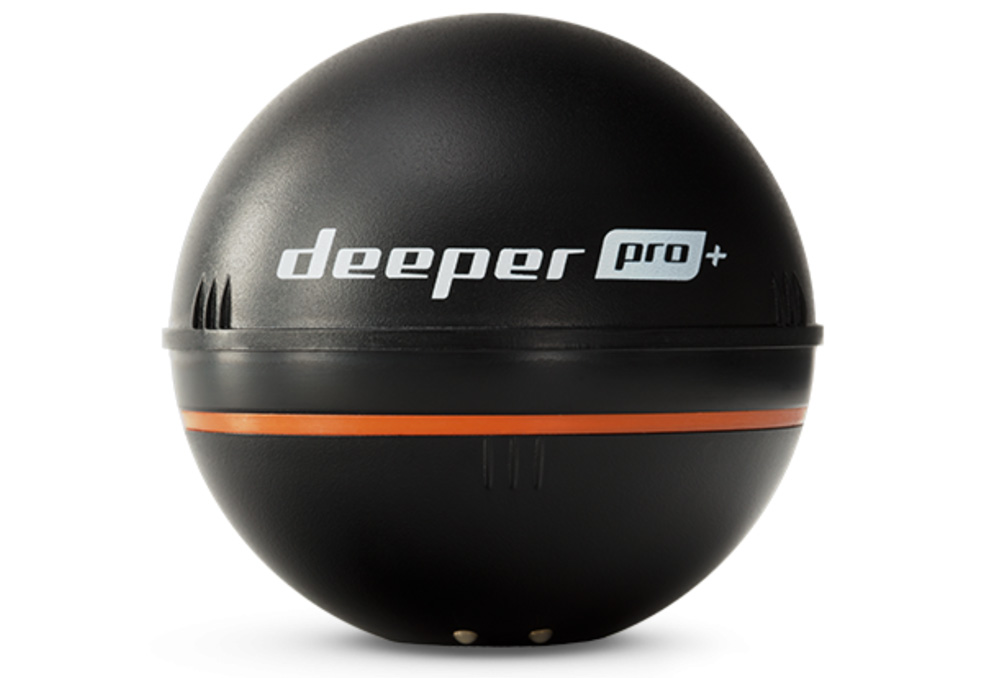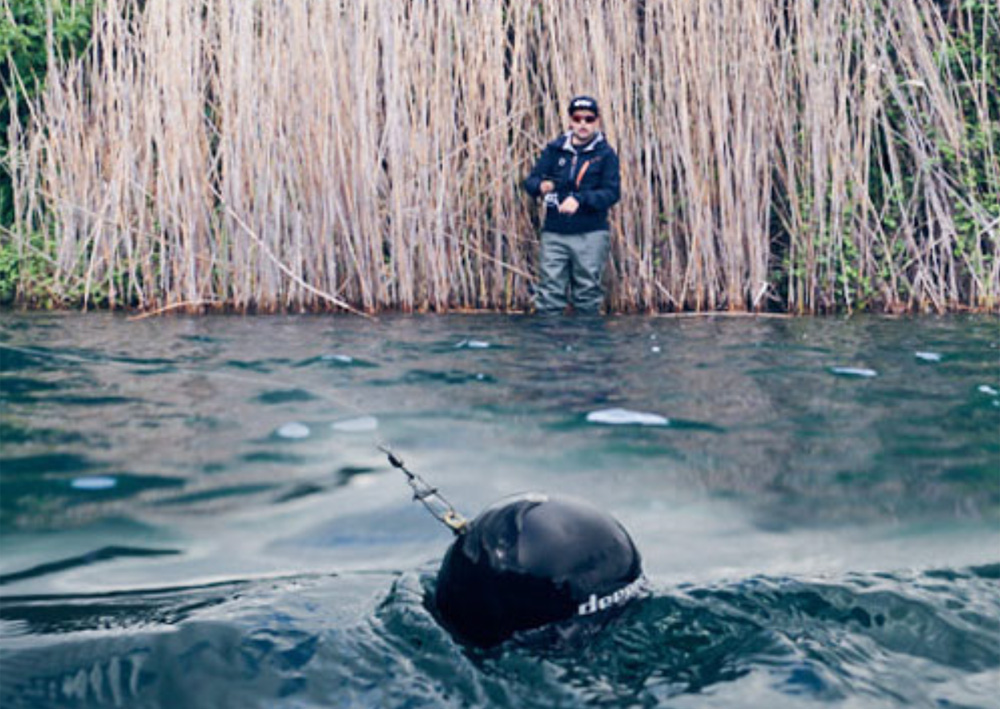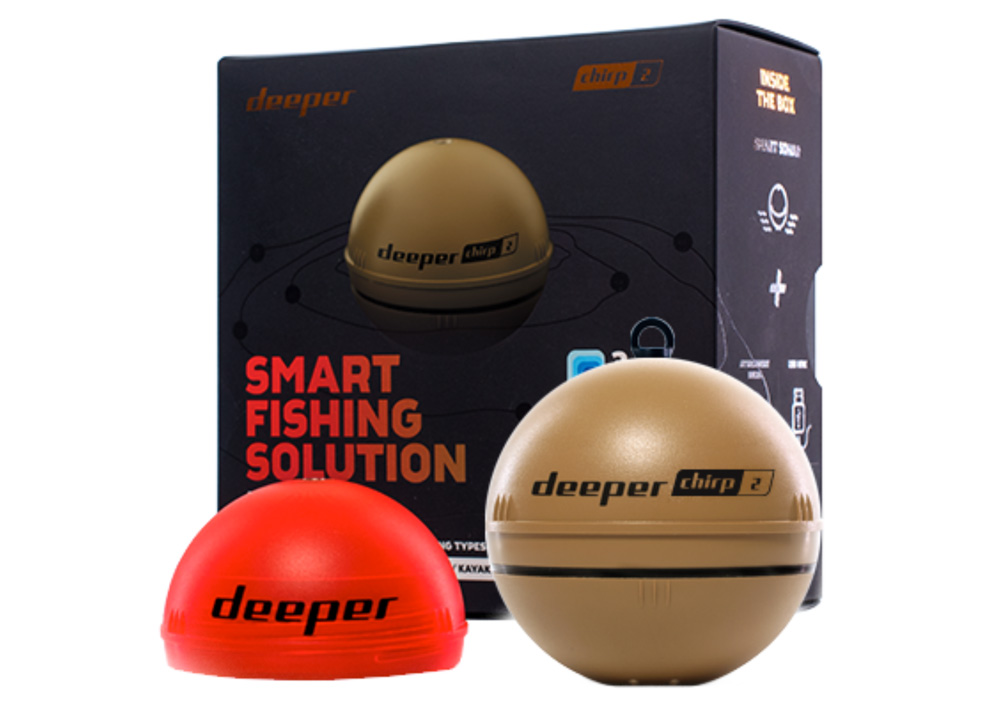How Deeper Sonar Is Helping Shore Fishers Reach the Next Level
OutdoorHub Reporters 05.02.23

As the northern half of the continent emerges from winter into warmer weather, thousands of amateur anglers will soon start taking to the shores of freshwater lakes across the Americas for some leisurely shore fishing. Some of them will scarcely catch a fish all summer and be perfectly fine with that; for them, the simple act of standing on the dock and enjoying the still calm of the lake is enough. But for many others, shore fishing is every bit as serious a business as boat fishing, ice fishing, or fly fishing. These are the dedicated anglers who are always on the lookout for the best bait shops and the latest lure designs. They are constantly browsing internet forums and chatting up locals in the hopes of finding the best spots on the shoreline to cast from.
For the anglers in-the-know, Deeper Sonar is helping them take their shore fishing to the next level.
Lead photo by sondem/Shutterstock.com
What Is Shore Fishing?
Shore fishing is, simply, the act of fishing from dry land, whether on the shores of a pond or river, the beach of a major lake, or the dock or pier. Conventional wisdom says that in order to be successful, you need to get to deeper water – on a boat during the warmer months, or in the cold of winter, by walking out onto the frozen lake and doing some ice fishing. What conventional wisdom gets wrong is that there are plenty of fish to be caught in shallow waters, too, if you know where to look.
In general, if you’re shore fishing on a lake or a pond, you should keep an eye out for shoreline structures – features like docks, rock piles, big concentrations of vegetation, downed trees, etc. Fish love to congregate in these areas, and many a big catch has been made right from the pier. Naturally, it helps to find a spot that’s somewhat secluded and quiet with the habitat that fish can thrive in.
If you’re fishing a river or a stream, the same rules apply when it comes to keeping an eye out for underwater structures and avoiding noisy areas, but there are some additional tips you should consider. For instance, it’s helpful to keep in mind that fish largely avoid high-current areas, so you’ll likely have the best luck in calmer, less-turbulent waters. Additionally, most fish aren’t prone to swimming downstream with the current to go catch a bite; more often, they’ll wade facing upstream, waiting for food to come rushing toward them, so take that into consideration whenever you cast.
How Is Deeper Sonar Helping Shore Fishers Up Their Game?
The very first practical commercial fish finder originated in Japan in the late 1940s. Needless to say, there has been immense technological progress in the years since; transistors became commercially viable, new wireless communications protocols were invented, and sonar has become drastically more accurate and sophisticated. That’s why Deeper Sonar today can sell highly accurate, convenient, and castable fish finders at prices that just years ago would have been completely untenable.
Castable sonar devices like the ones made by Deeper Sonar are perfect for short fishing because they’re highly portable and easy to use – not like the big, cumbersome fish finding instruments you might recall having seen on boats a couple of decades ago. They attach directly to your fishing line and cast just like a plastic bobber, emitting sound waves and using the strength and timing of each reflection to paint a detailed picture of what’s under the water’s surface.
Take the Deeper Smart Fishfinder START, for example. It’s perfect for beginners and casual shore fishers, with a built-in lithium-polymer battery good for up to 6 hours of battery life, and a casting range of 165 feet – more than sufficient. It scans down to a depth of 165 feet ten times per second, connecting wirelessly to your smartphone and letting you view the received data either in its raw, unfiltered form, or in an intuitive, easy-to-read format with scaled icons showing you where all the fish are, and their size.
Further up the market, there’s the Deeper Smart Sonar PRO and Sonar PRO+ with GPS. These units cost a little more, but you get your money’s worth with up to 330 feet of casting range and a scan depth of up to 260 feet. And where the Fishfinder START only offers a single beam scan angle of 40 degrees, these units offer you a choice of 15 or 55 degrees, with up to 15 scans per second to boot. The big difference between the two is that the Sonar PRO+ with GPS packs a powerful GPS feature that lets you create detailed bathymetric maps right from the shore so you can get a more complete look at the bottom contour.
A step up from that, there’s the Deeper Smart Sonar PRO+ 2. This unit takes everything that was exceptional about the PRO+ with GPS and builds from there, adding stronger performance with three beam scan angles – 7 degrees, 20 degrees, or 47 degrees – along with up to 330 feet of scan depth and a bigger battery with an operating time of up to 9 hours.
Finally, there’s the Deeper Smart Sonar CHIRP 2 – the top of the line castable fish finder from Deeper Sonar, with razor-sharp precision sonar scanning, a casting range of up to 394 feet, and a battery that can last the whole day with up to 15 hours of operating time. It’s a seriously impressive unit, with crystal-clear visuals and a target separation of just 0.4”, not to mention the latitude to locate fish at a minimum depth a mere 6” down from the water’s surface. Deeper Sonar says the CHIRP 2 is so detailed that you can “distinguish predator fish from bait fish, bottom huggers from bottom contour,” and looking at the visuals, we don’t doubt them on that.
In essence, no matter what level of serious you are about shore fishing, Deeper Sonar has the right castable fish finder for you, with convenient WiFi smartphone connectivity and quality scanning fidelity with always-clear visuals. It’s how some of the most successful shore fishers manage to reel in the biggest hauls of the day, and how you can zero in on the hottest corners of the lake before anyone else gets there.
And if you’re concerned about the difficulty of setting up and using your Deeper Sonar, check out the quick start guide videos for the Fishfinder START and PRO/CHIRP models to see just how easy they are:


